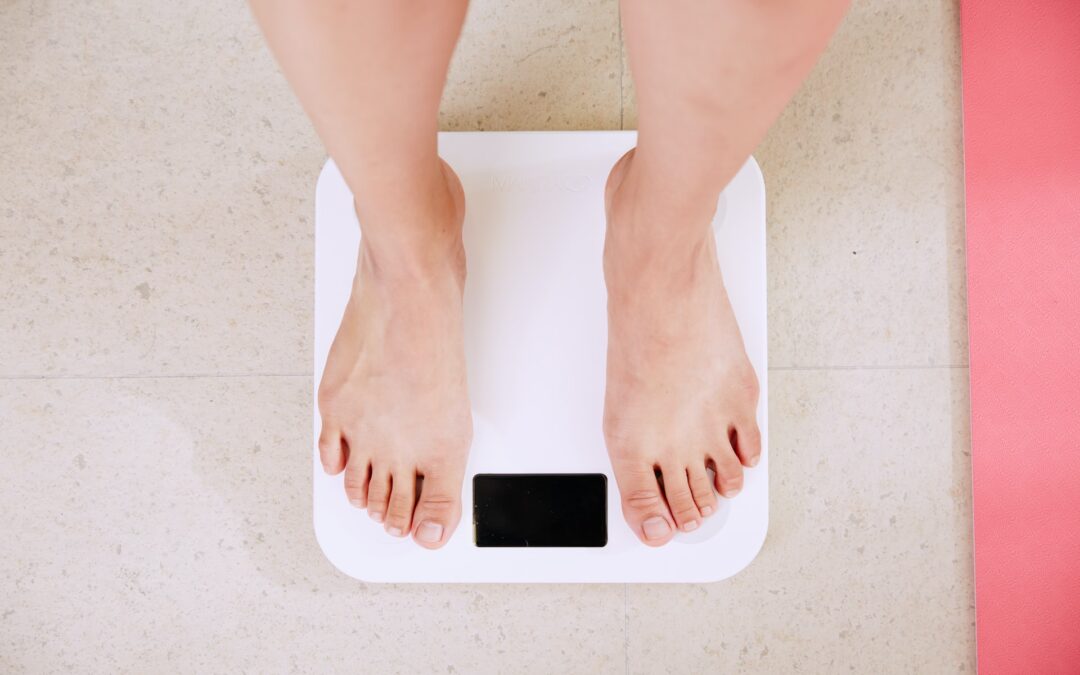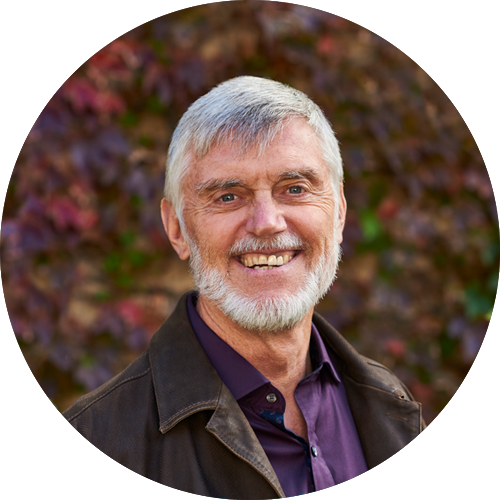
Related Posts

FASTED EXERCISE AND AVOIDING THE “BONK”
Related PostsNow that...

YOUR HEALTH IS MORE THAN YOUR BMI
Related PostsBody...

BENEFITS OF INCREASING YOUR MUSCLE MASS
You may not hear a lot about it, but muscle mass is crucial for health, even independent of fat mass and other cardiovascular risk factors, in predicting longevity in older adults. Anabolic (muscle building) processes that promote muscle bulk are associated with longer survival, which means that changes in body composition, with increased muscle mass and reduced visceral fat, rather than simple weight loss, should be the focus of our preventative health measures.
Why is muscle mass so important?
Muscle represents 50% of our body mass, and muscle is central in controlling our glucose levels. Bigger, stronger muscles reduce insulin resistance. “Glucose disposal” describes what happens to glucose in the bloodstream after a meal. A person with metabolic flexibility disposes of blood glucose easily by storing it in their muscle, with minimal elevation of insulin or blood sugar. Without metabolic flexibility, glucose remains in our blood. Thus, insulin levels are high, blood glucose remains elevated, and muscle cells have diminished capacity to utilize glucose as fuel.
Muscle mass naturally decreases 3-5% per decade after age 30, making it harder to maintain metabolic health with age, unless we focus on building muscle.
In summary: Muscle mass improves metabolic health, insulin resistance, and helps us keep visceral fat levels down. That is why muscle mass is a stronger predictor of health than fat mass. Muscle mass is also a key factor in longevity because it helps us maintain mobility, functionality, stability, and resilience to falls and injury.
Muscle loss
Muscle mass can start to decline in our forties and we lose even more in our sixties. Building up a reserve of muscle when we’re younger is important, but muscle can be built even in the elderly. Even 90-year-old people can build muscle mass.
Sarcopenia is the medical term describing reduced muscle mass and reduced strength, energy, and function. It’s is associated with neurological decline, hormonal changes, chronic inflammation, sedentary behavior, chronic illness, and poor nutrition. Falls, which commonly initiate a slide to mortality in the elderly, are often a result of sarcopenia.
Muscle breakdown and muscle building, or synthesis, are both in constant flux. Increasing muscle synthesis requires stimulation of anabolic, protein-building pathways. These are the pathways stimulated by glucose through insulin signaling and protein through mTor signaling. Muscle is built by increasing your caloric intake, frequent meals, increasing your intake of complete proteins, and resistance training.
Building muscle requires protein
Proteins are very large molecules made from building blocks called amino acids. There are 20 amino acids, 9 of which are deemed essential because our bodies cannot make them and they must be obtained through our diets. Complete protein sources include fish, poultry, eggs, beef, pork, dairy, and soy. Plant-based proteins are not complete, but combinations of them are.
To build muscle, our bodies require high protein intake: up to 0.8–1 gram of protein per kilogram of lean body weight. (Your lean body weight excludes fat mass, so your lean body mass is approximately 70-80% of your weight). A 150 pound woman would need around 100 grams of protein per day.
Sounds high, doesn’t it? The Dietary Reference Intake (DRI) is 0.36 gm/pound (45-55 gm/day). That may be enough to prevent deficiency, but we need more protein to build muscle–and even more as we get older. People under stress, who are pregnant, or who are recovering from illness or surgery may also have increased protein requirements.
When protein makes up 25-30% of our daily calories, our metabolic rate improves, our appetite is lessened, and we enjoy an increased sense of fullness with fewer calories ingested. Increased dietary protein can also guard against osteoporosis.
Caveats: while protein does not cause kidney disease, people with established kidney disease need to restrict protein (as always, consult your doctor). If you’re worried about eating a highly acidic diet, mitigate the protein with plenty of vegetables. And if you’re following a ketogenic diet, which is high fat, moderate-low protein, and low carbohydrate, your body will convert excess protein into glucose and inhibit ketosis.
How to get more protein
A variety of nutritious animal and plant-based foods provide protein:
4 ounces of beef = 30 grams of protein
One egg is 6 grams = protein.
4 ounces of tuna is 28 grams = protein
½ C of lima beans = 7 grams protein
¼ C nuts = 5 grams protein
One cup of vegetables = 2 grams of protein
Protein powders–from whey, egg whites, rice, peas, or hemp–can help increase your protein intake. They are useful for occasional convenience or for people who have trouble getting adequate amounts of complete protein from food sources, such as the elderly or vegans. Protein concentrates, isolates, and hydrolysates are progressively more concentrated and broken down to amino acid components.
- Whey protein concentrate contains some lactose where isolate contains very little. Whey is rich in BCAA branched chain amino acids which are potently anabolic. Whey also has some appetite-suppressing effects.
- Pea protein is a good choice as a non-animal-based protein, but look for organic and non-GMO sources, which are better for you and for the soil they’re grown in.
- Hemp and brown rice protein, while higher in Omega-3 PUFA, are low in lysine and leucine.
When should you eat protein? The best time to have a high protein meal is 30 minutes to 2 hours after a workout, and distributed throughout the day. Exercise, of course, is the other key component to building muscle mass.
Weight training for muscle mass
The best way to build muscle through strength training is to expose your muscles to as much resistance as you can while maintaining good form. Both high reps and light weights, or low reps with heavy weights, build muscle. It’s important to progress as you get stronger to continue challenging your body by increasing resistance or reps, changing tempo, and trying new movements.
Other exercise tips:
Focus on your breath and the muscles being worked to stay present in your workout and make it more effective (and enjoyable).
Identify a specific goal to train for, whether that’s to go on a hiking trip or to keep up with your kids or grandkids. You don’t have to become a marathon runner or a bodybuilder; whatever motivates you to exercise. You can also train for specific fitness goals, such as increased endurance, bigger or leaner muscles, or stamina. Be sure to include a balance of high intensity exercise, aerobic conditioning (such as walking, running, biking), and balance training.
And, of course, be sure to warm up before and stretch after every workout, and consult your doctor and get supervision on form when needed.
Some online exercise resources I like:
Four Week Plan to Get Moving from Breaking Muscle
The Standing 7 Minute Workout is a great introduction to bodyweight training
The Daily BJ, a subscription service that provides a variety of workouts
Don’t forget recovery
Our muscles are damaged in training and built during recovery. Weight train 2-3 times per week and always allow at least 48 hours between sessions. Rest whenever you feel pain or symptoms of overtraining.
Anabolic pathways build muscle, but excess anabolism results in fuel storage–body fat and inflammation. You will inevitably build up both muscle and fat on a high-calorie, high-protein muscle building program. These anabolic pathways are the opposite of the longevity pathways stimulated with calorie restriction, fasting, exercise, and other hormetic stresses. When we fast, we lose body fat (especially visceral fat), but also some lean muscle mass.
So, which is it? Which is better for longevity, building muscle with a high-protein diet, or losing fat mass with calorie restriction? It’s all about balance. Periods of calorie and protein intake stimulate growth programs that build muscle and support longevity, but eventually lead to visceral fat accumulation and inflammation. Calorie restriction (especially through time-restricted feeding) and monthly fasting reduce visceral fat, stimulate rejuvenation, and healing autophagy, but eventually lead to muscle loss, weakness, and immune suppression.
Both building muscle and reducing visceral fat are important health practices that complement each other–though we can’t pursue both at the same time. Fasting is a great tool to reduce visceral fat, while high protein intake and strength training build muscle. If you’re looking to improve your longevity and prevent or heal heart disease, look beyond the scale or your BMI to focus on your body composition and eating real, whole, foods.
Get more lifestyle and health news in your inbox: sign up for the CFC newsletter.
